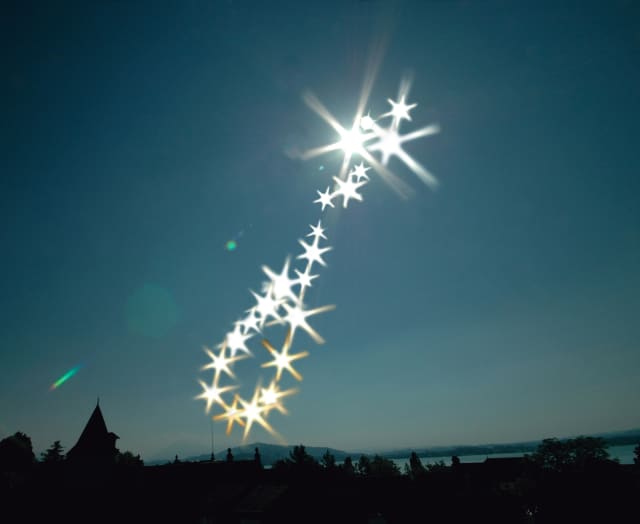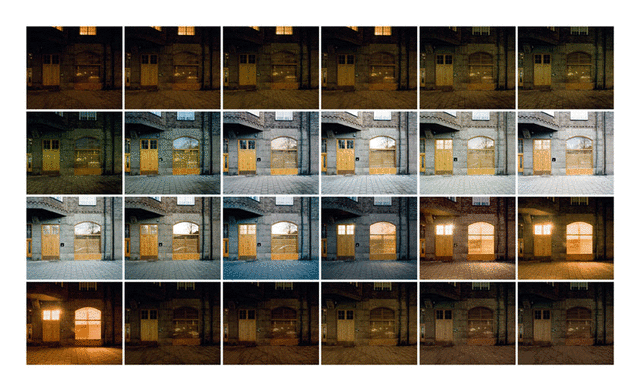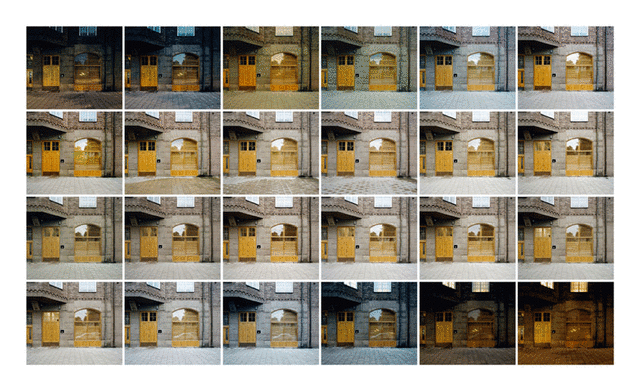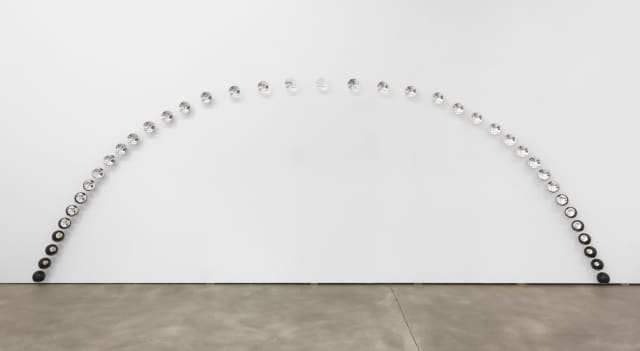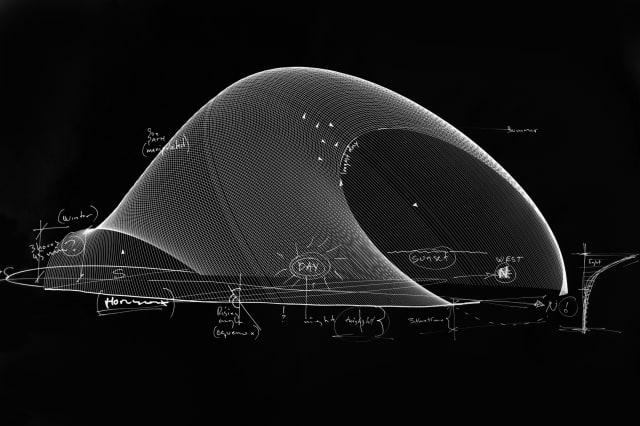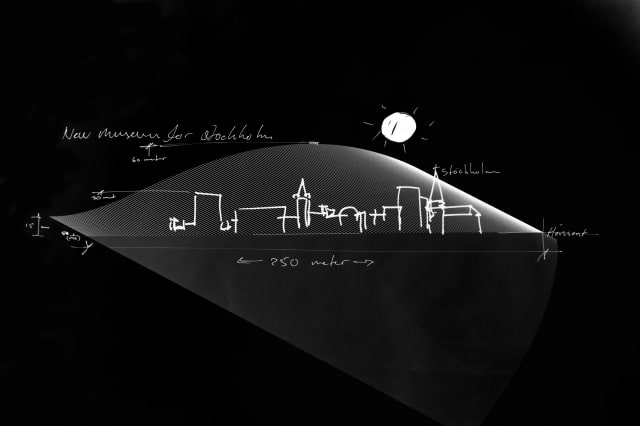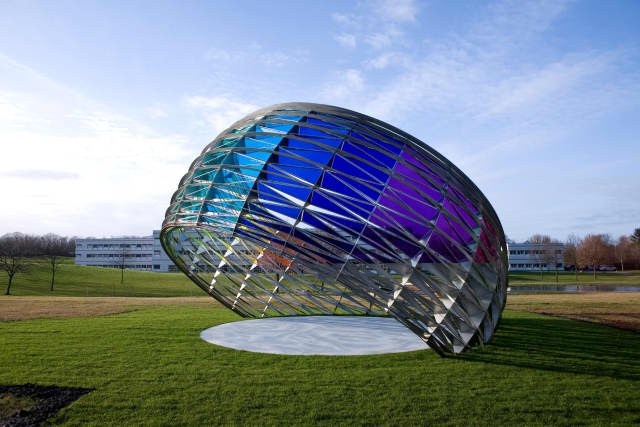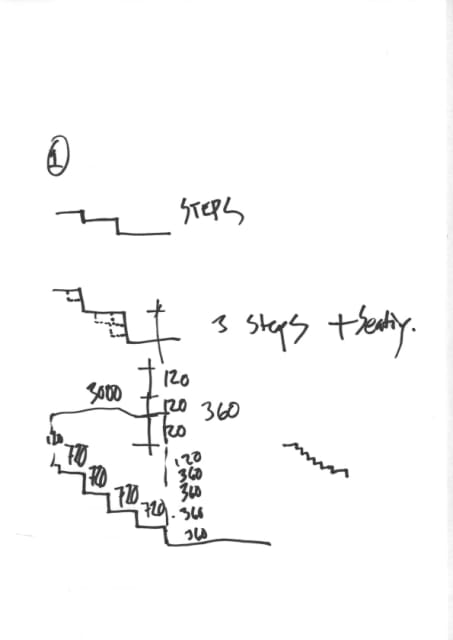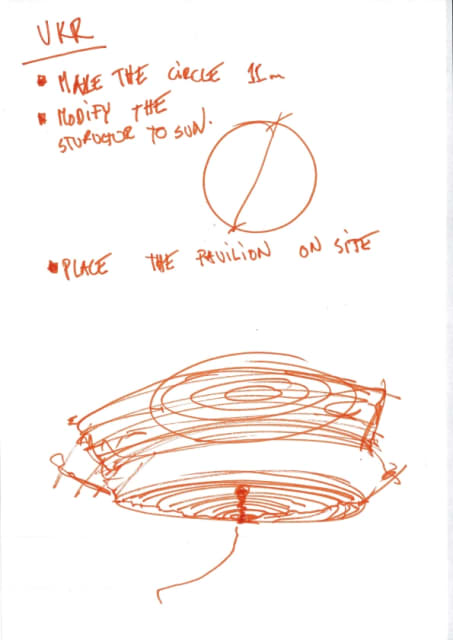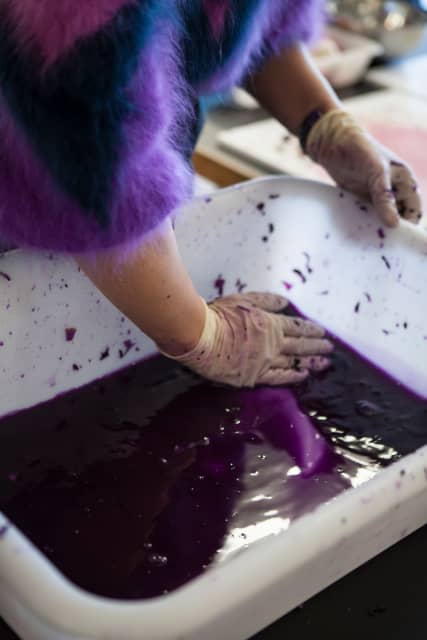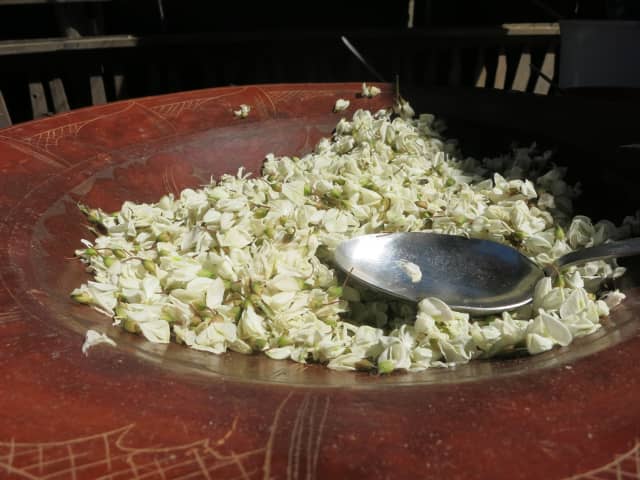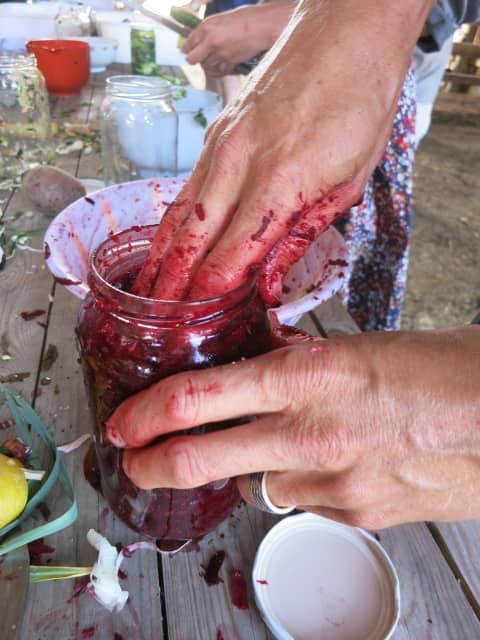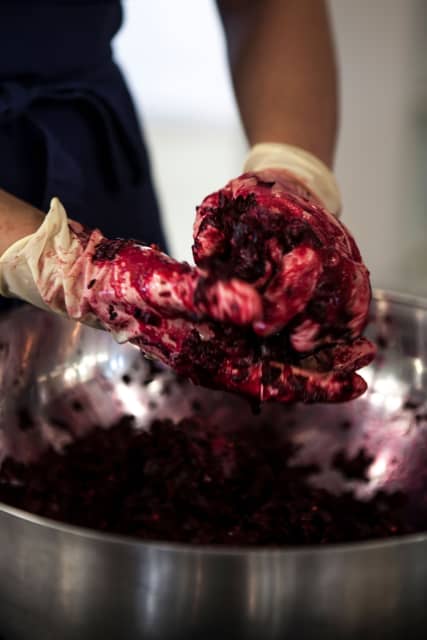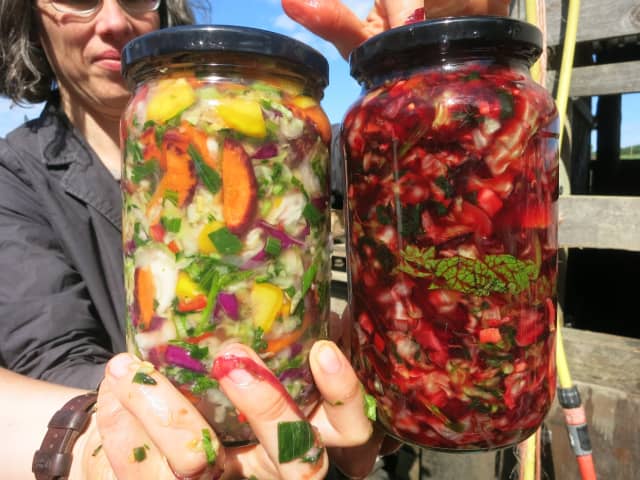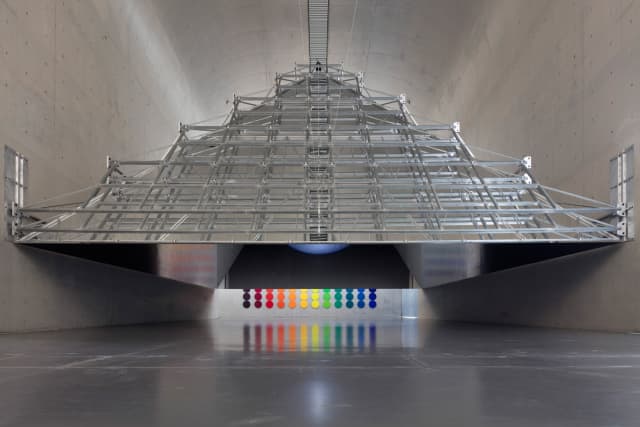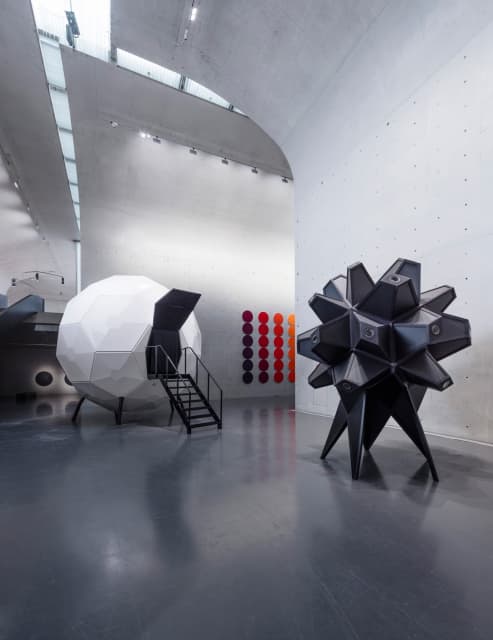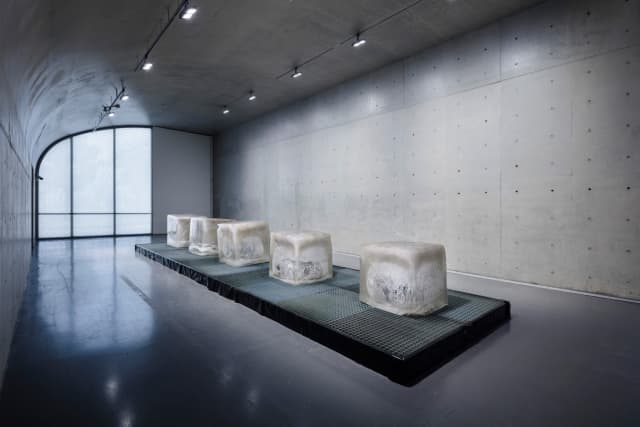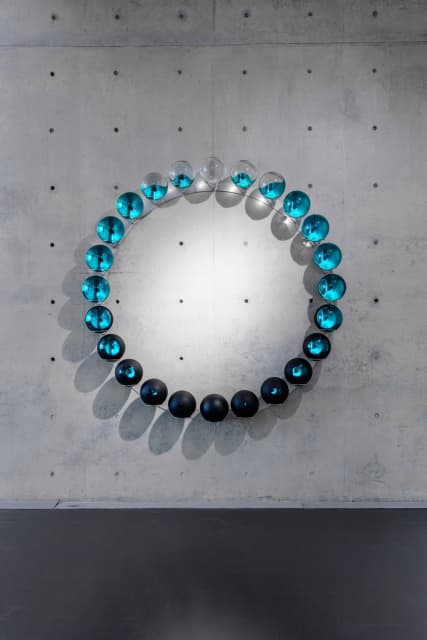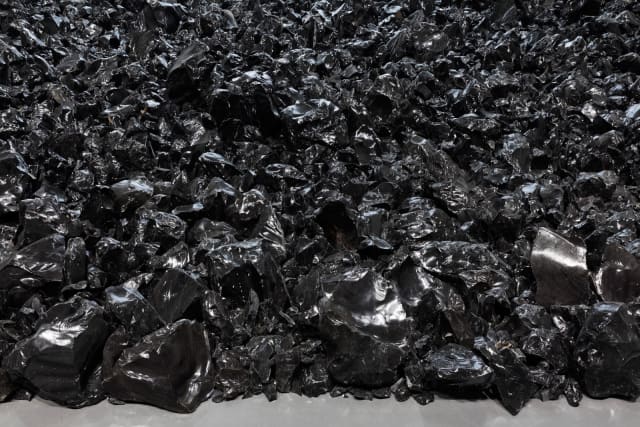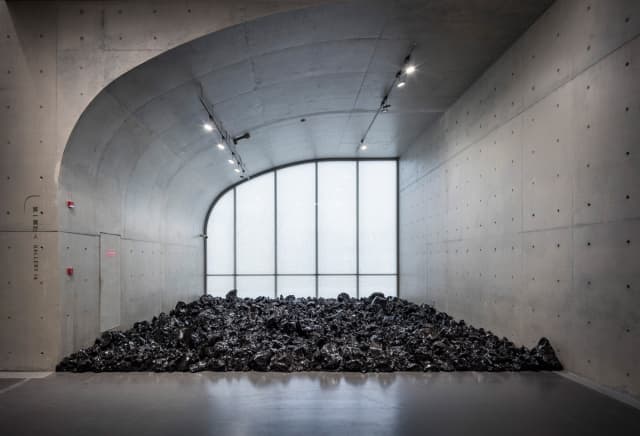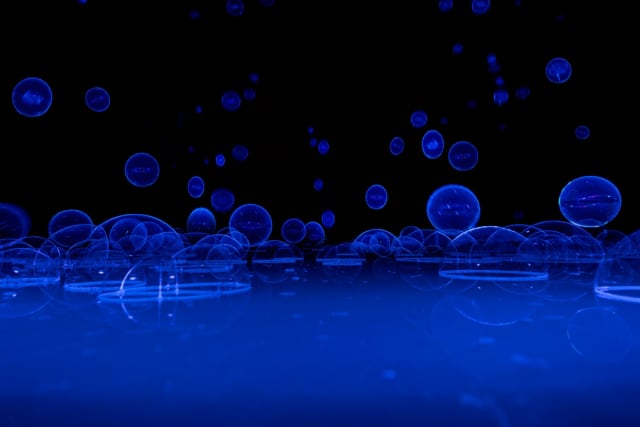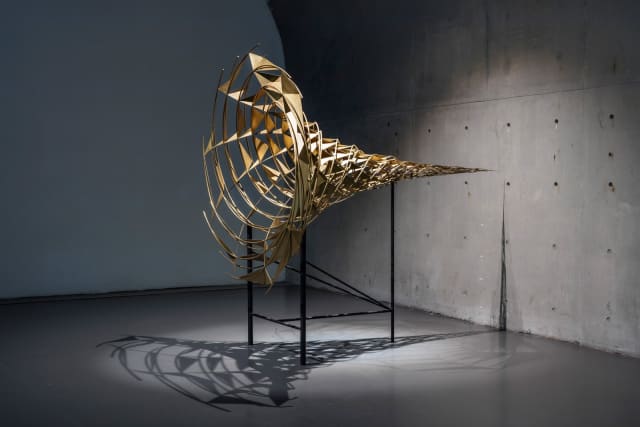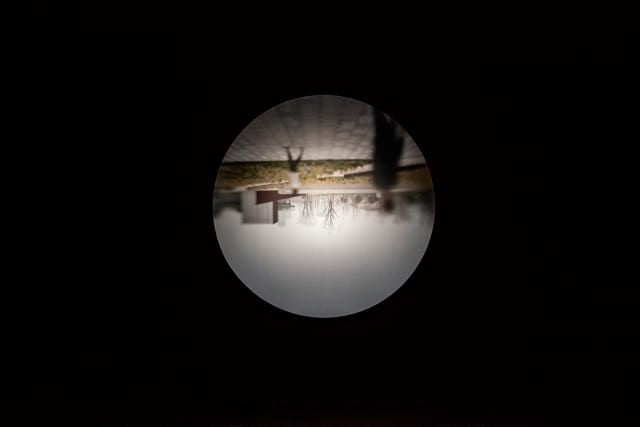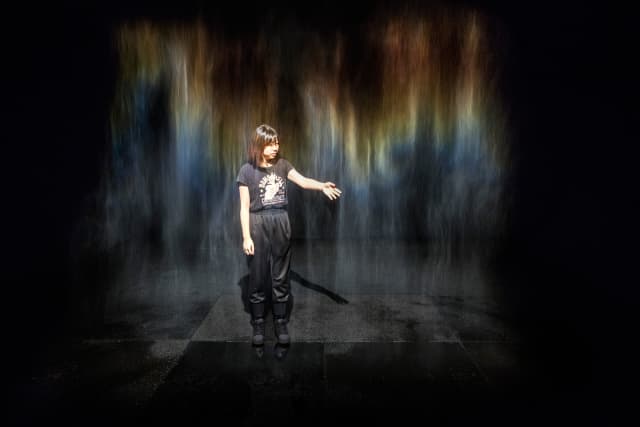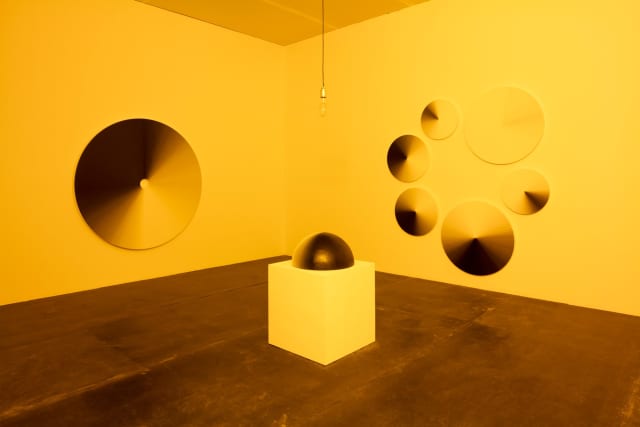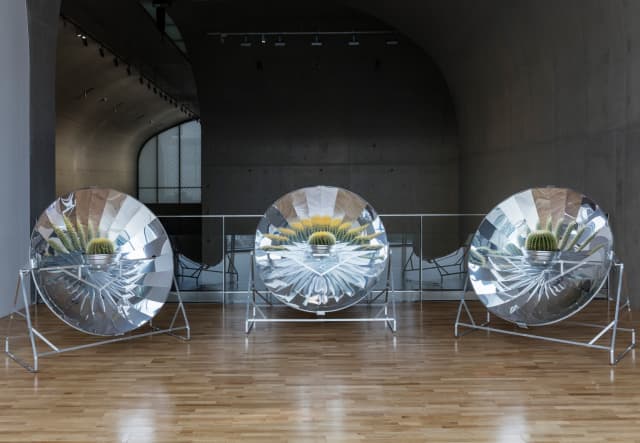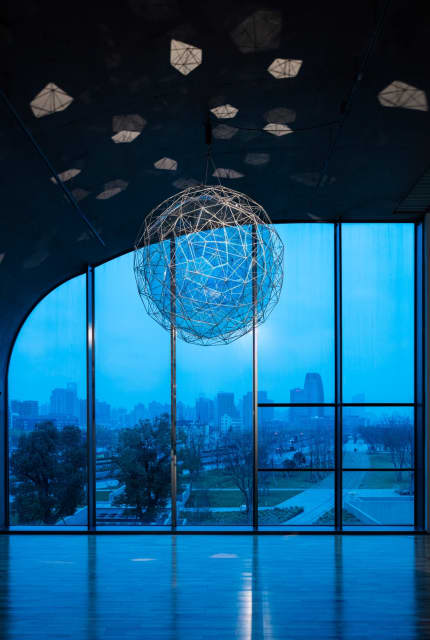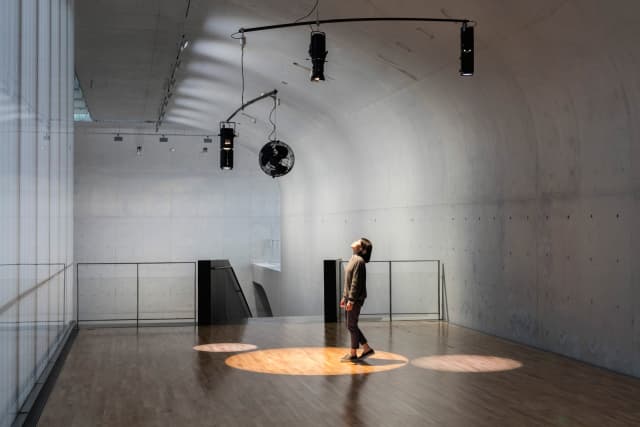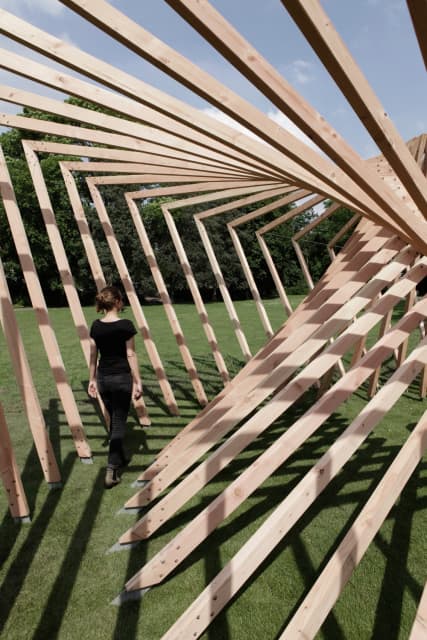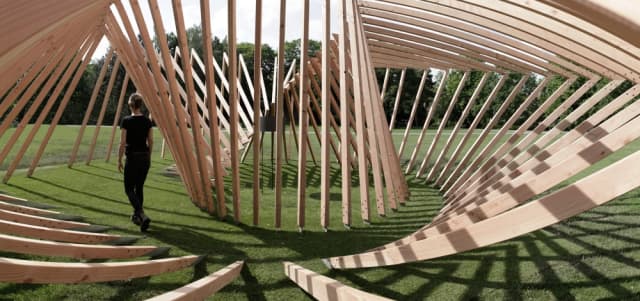The circular space in the middle of the Bosquet de la Colonnade is filled with a thick layer of moraine – granite that was ground into a fine grey powder over centuries by moving glaciers. The claylike material surrounds the sculpture of Pluto abducting Persephone, the goddess of fertility. The installation is one result of Eliasson’s ongoing dialogue with geologist Minik Rosing, who is developing plans to export moraine from Greenland to tropical and subtropical areas, where it can be used to revitalise the depleted soil, as it is a rich source of the mineral nutrients that sustain crops and other plants.
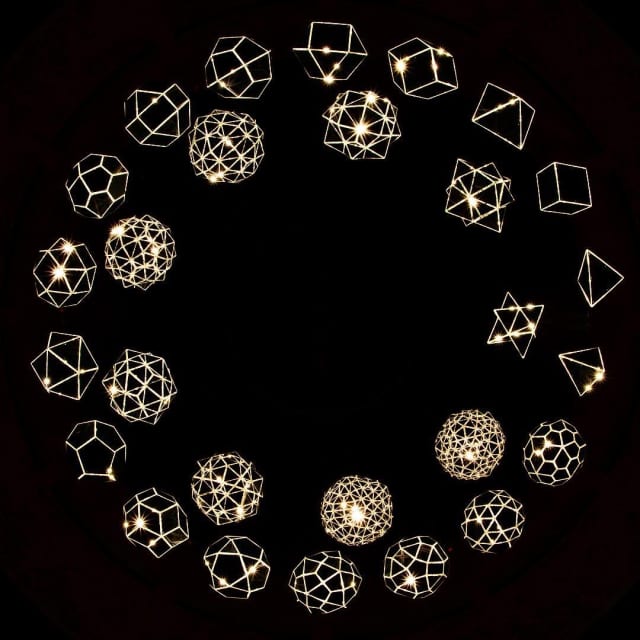
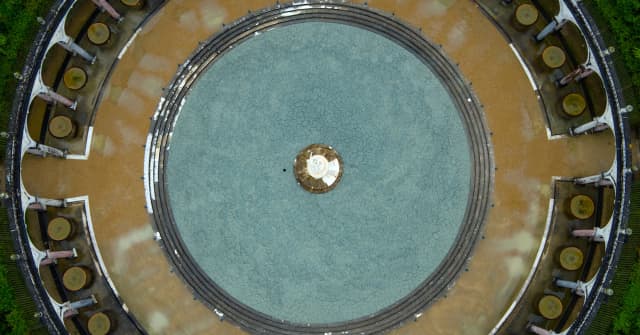
Today via Instagram: Glacial rock flour garden, Versailles
Feature in German about the daily life in the studio kitchen and the newly released cookbook by Deutsche Welle

Studio Olafur Eliasson - The Kitchen, published in German today on Knesebeck

#wewouldmissyou #stay #remain
https://vimeo.com/125034563
ARTtube video by Museum Boijmans Van Beuningen
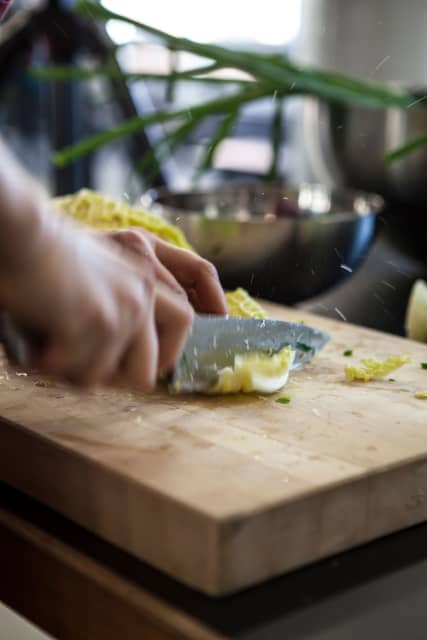
Studio kitchen research trip: Fermentation workshop with Sandor Ellix Katz at Camilla Plum’s farm Fuglebjerggaard
By Sandor Ellix Katz aka Sandorkraut
Wild fermentation is a way of incorporating the wild into your body, becoming one with the natural world. Wild foods, microbial cultures included, possess a great, unmediated life force, which can help us adapt to shifting conditions and lower our susceptibility to disease. These microorganisms are everywhere, and the techniques for fermenting with them are simple and flexible.
Wild fermentation involves creating conditions in which naturally occurring organisms thrive and proliferate. Fermentation can be low-tech. These are ancient rituals that humans have been performing for many generations. They are a powerful connection to the magic of the natural world, and to our ancestors, whose clever observations enable us to enjoy the benefits of these transformations.
By eating a variety of live fermented foods, you promote diversity among microbial cultures in your body. Biodiversity, increasingly recognized as critical to the survival of larger-scale ecosystems, is just as important at the micro level. Call it microbiodiversity. Your body is an ecosystem that can function most effectively when populated by diverse species of microorganisms. By fermenting foods and drinks with wild microorganisms present in your home environment, you become more interconnected with the life forces of the world around you. Your environment becomes you, as you invite the microbial populations you share the earth with to enter your diet and your intestinal ecology.
Wild fermentation is the opposite of homogenization and uniformity, a small antidote you can undertake in your home, using the extremely localized populations of microbial cultures present there, to produce your own unique fermented foods. What you ferment with the organisms around you is a manifestation of your specific environment, and it will always be a little different. Do-it-yourself fermentation departs from the realm of the uniform commodity. Rediscover and reinterpret the vast array of fermentation techniques used by our ancestors. Build your body’s cultural ecology as you engage and honor the life forces all around you.
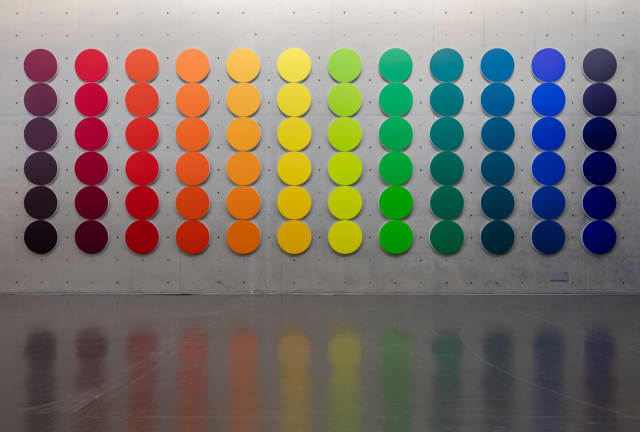
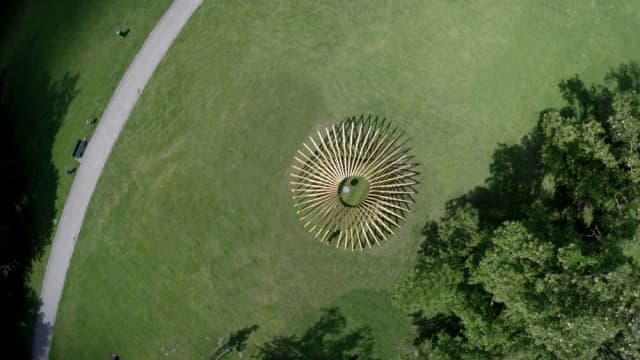
Artist and long-term friend of the studio, Thilo Frank: You and I, wandering on the snake's tail
Part of Lichtparcours Braunschweig

#OlafurVersailles

#OlafurVersailles
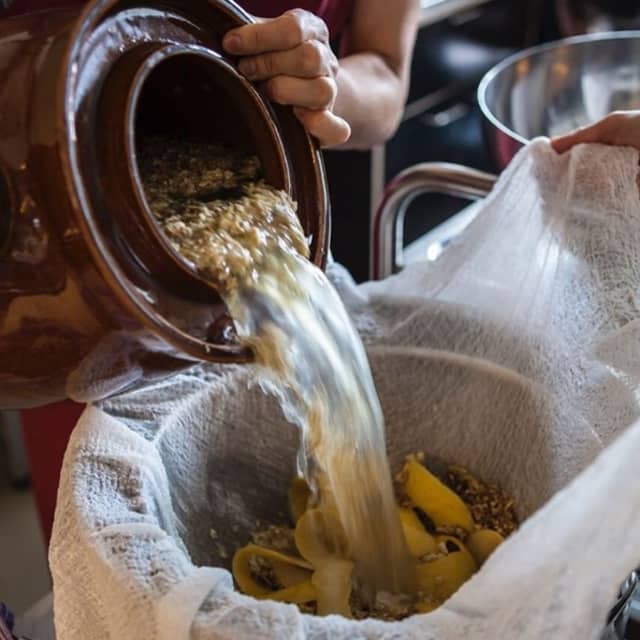
Brewing elderflower champagne. Visit the studio kitchen
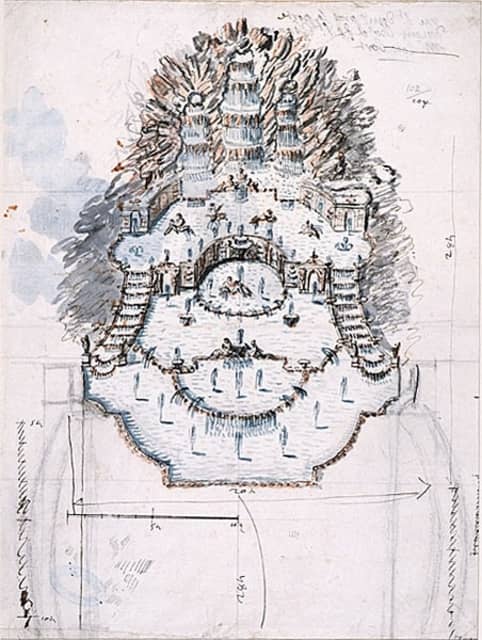
Louis XIV's garden architect André Le Nôtre had planned
a grand waterfall for Versailles, which was never realized
Steen Koerner performing in Ice Watch, Place du Panthéon, Paris, 2015

The artworks in this book are mostly models for space, defined by movement
Unspoken Spaces out now on Thames & Hudson
Green light | An artistic workshop
Get a lamp here to support the community building with refugees in Vienna: www.tba21.org/greenlight
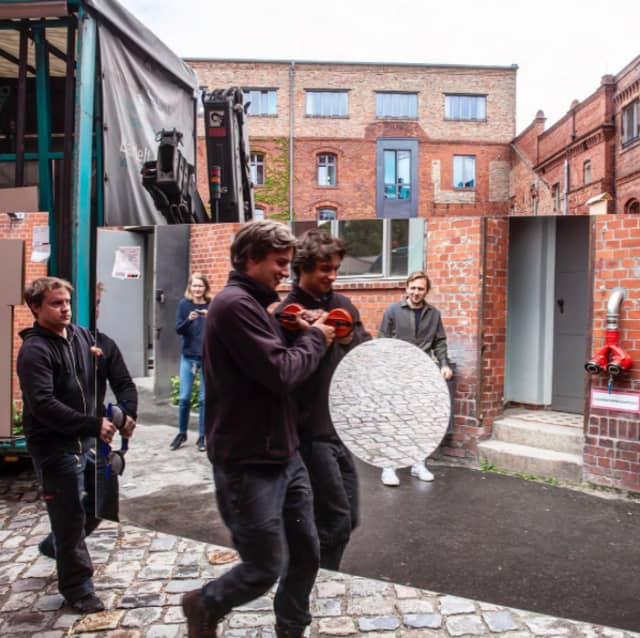
#OlafurVersailles

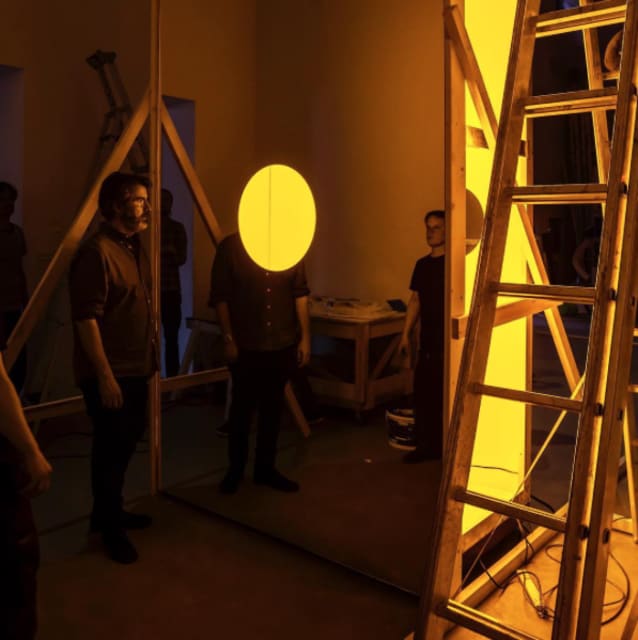
Molding wet glacial rock dust #OlafurVersailles
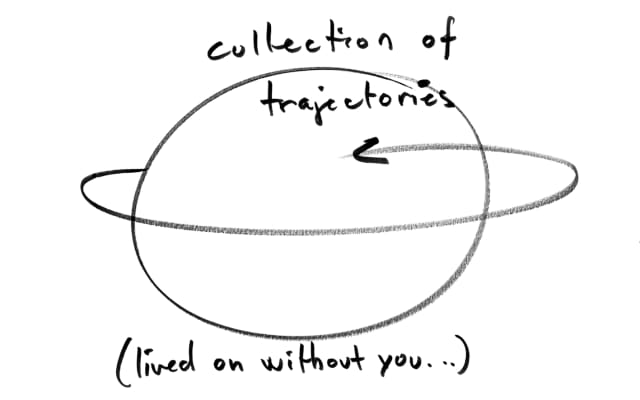
#OlafurVersailles
#OlafurVersailles
